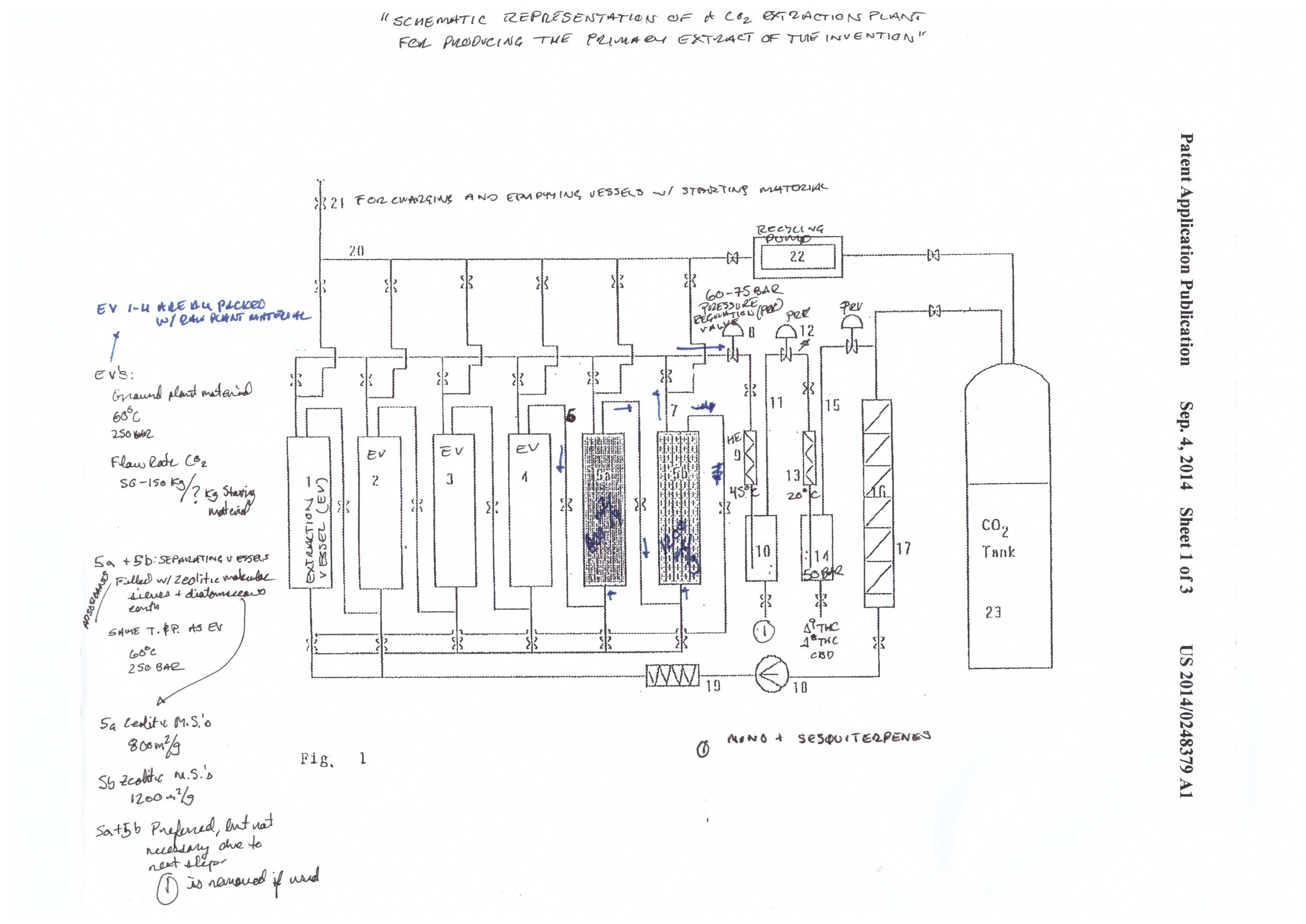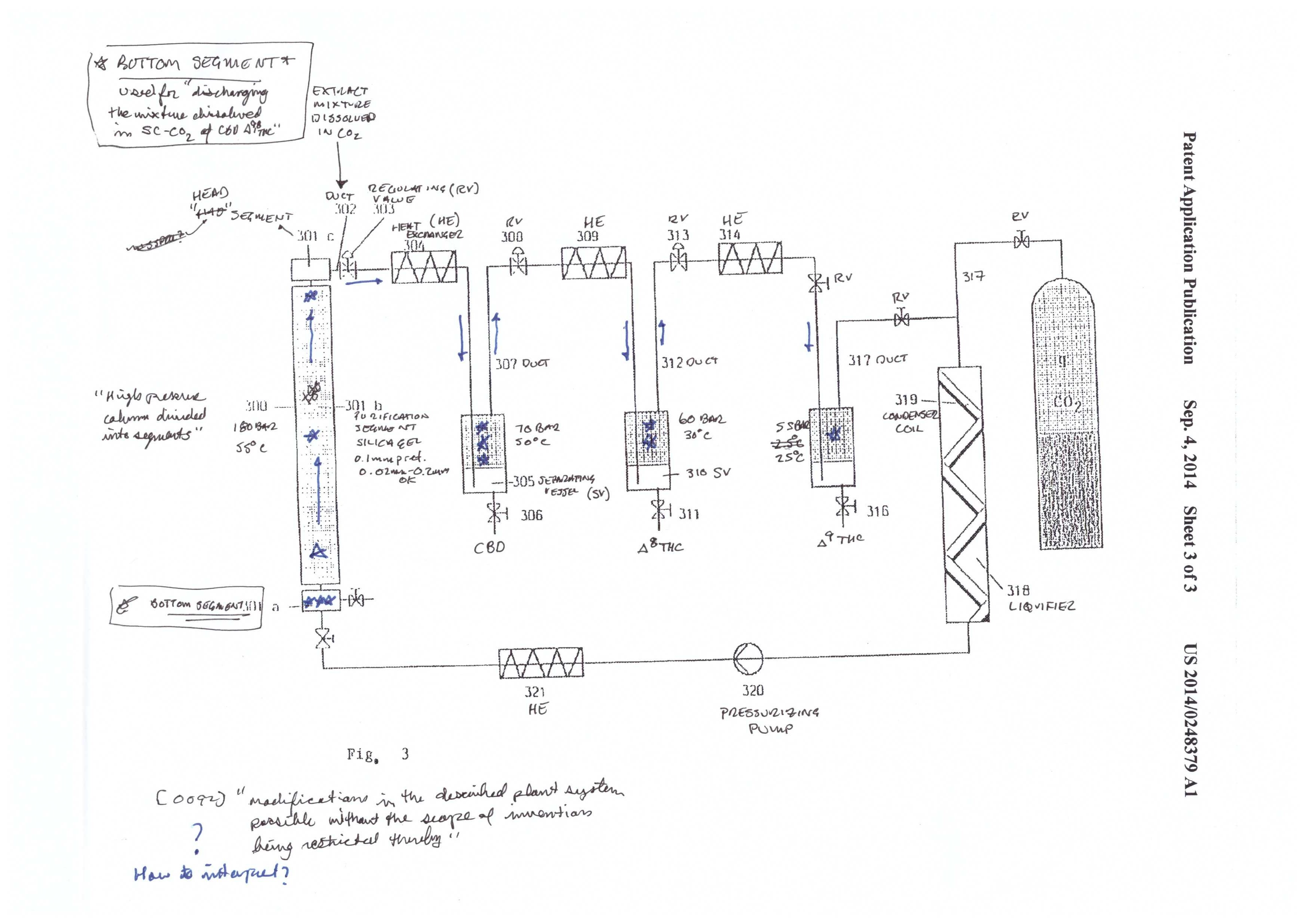Running a pharmaceutical manufacturing operation requires planning, standardization, and structure. This article explains the basic operating parameters quality control (QC) lab in compliance with Good Manufacturing Practices as described in the 21 CFR 211 – i.e. the Code of Federal Regulations that govern the production of pharmaceutical products.
This article aims to describe the basic controls for running a quality control facility. The planning and standardization required is dependent on individual situations – types of samples, the source of the samples, and whether the is independent or part of manufacturing. This is a overview of the guidelines, not an executable process. An executable process can be developed with the help of a consultant. If you need an experienced GMP consultant, you’ve come to the right place. Without one, you will very likely waste a significant amount of time and money trying to implement GMPs.
Quality Assurance (QA) and Quality Control (QC)
Any pharmaceutical manufacturing operation is centered around QA and QC. QA is the department responsible for reviewing the testing process after it is completed. They are to review the all records associated testing, and store them. QA coordinates all maintenance and calibration activities of equipment, and ensures that all QC systems are in accordance with GMPs as defined by the company’s SOPs.
The QC unit is responsible for approving or rejecting any pharmaceutical product. QC reviews production records to ensure that no mistakes were made during manufacturing, and if errors were made, that they were properly investigated and corrected. All procedures pertaining to the QC unit are to be in writing and followed as written. All QC personnel are to be trained in current GMP regulations (cGMP’s) as applicable to the employee’s job. QC personnel training must be administered by qualified individuals on an on-going basis.
Laboratory controls and general requirements
Step 1 is having a quality control manager (QCM). The QCM is the person who manages the operations of a testing laboratory. They are the person who establishes all specifications, standards, and testing procedures. They ensure all standards are followed and documented. If there is a deviation from the standards, they are required to document and justify why the deviation occurred and determine if the deviation affects the quality of the product.
All the specifications, standards, and testing procedures must be scientifically sound. They must be based on experiments that prove the tests accurately determine the identity, strength, quality, and purity of the product. All the tests must be fully documented and executed according to procedure.
The tests must show that samples conform to the defined written specifications of identity, strength, quality, and purity. During testing, all samples need to be properly labeled and describe the sampling and testing procedures used to determine conformity to the standards. If the samples do not pass testing standards, they must be rejected for use. Samples may be retested, but they must pass all testing standards.
All equipment must be calibrated at suitable intervals and a service history must be maintained for each instrument. A written program for equipment calibration will be maintained and executed that contains specific instructions for maintenance schedules, limits for instrument accuracy and precision, and directions for action if specifications are not met. Any instrument that does not meet established written specifications will not be used for testing.
Testing and releasing samples as safe for consumption
Each set of samples that arrives in the laboratory should be assigned a batch number. If the QC unit is in the same company as manufacturing, the batch number should be known from the point the seeds or clones are first planted, and traced all the way through final testing, packaging, and distribution. Traceability is very important in quality control, and everything must be documented along the way.
For each batch of drug product, the specification criteria must be met to determine that batch conforms the product specifications – i.e. that testing proves the proper identity, strength, quality, and purity of each active ingredient. All testing performed for identity, strength, quality, and purity will be described in written procedures (test plans). All test plans must be established, validated, and documented to prove accuracy, sensitivity, specificity, and reproducibility.
The testing will define how many samples need to be taken in proportion to the size of the batch. The testing must be sufficient to prove appropriate specifications for approval and release from testing. In addition to the standard testing, all batches must pass sterility testing that proves it to be free of microbiological contamination. Any batches that fail to meet the specifications and criteria must be rejected as not safe for consumption. Retesting may be performed, but the samples of the drug product must meet all specifications and criteria.
Stability testing and establishing shelf life
Stability testing is used to determine the expected shelf life of a drug product. This is a tricky subject for the marijuana industry at the moment. Over time, THC degrades to CBN. This means that one of the active ingredients is no longer working at full efficacy for a given product. This changes from strain to strain, and the type of product – e.g. flowers or extracts. That said, this will be a challenge for many companies to implement, but is in fact the direction the industry must go towards to move up to the standards of the FDA.
Stability testing is similar to the testing used to release a drug product as safe for consumption. The difference is that stability testing uses stored samples of approved batches, and tests them periodically to find the rate of degradation.
Stability testing is a separate written program from testing. In addition to regular testing, it defines the sample size and testing intervals, storage conditions, validated test plans, and testing the sample in the same containers used as received by consumers. The testing must be performed on multiple batches (of the same strain) in order to determine an appropriate expiration date. Accelerated degradation studies (e.g. higher temperature and humidity conditions) can be performed in order to extend the expiration dates.
Testing and approval (or rejection) of drug products
This pertains to the process of testing. It is the control of the samples during testing, and is used to make sure there are no mix-ups in samples or results. The samples must be placed in an appropriate container that is labeled and has associated test plans that follow along with it through the process.
The identity and quantity of each sample will be placed on a label of the container for each batch that is being tested. The label should include the name of the supplier, batch number, and the location of manufacturing. Records must be kept that show the results of each test and be maintained for a period of time after the expiration.
When a sample or set of samples pass testing, they may be released for consumption. If any of the tests do not pass, the batch is rejected. If a batch is rejected, an investigation is performed to determine the root cause of the failure. The approval process is completed when the QCM signs off on all test plans and the specification summary sheet for a particular batch.
Laboratory records and reports
Laboratory records are exceptionally important to QC testing. It is the documentation that proves a product is safe for human consumption. The QA and QC divisions are the the checks and balances of the pharmaceutical industry. The QA division gives all final approvals for releasing drug products after reviewing completed testing from an entire batch, and maintains all documentation of records and completed testing.
There are several requirements for laboratory records. The must describe the sample, its source, the quantity, batch number, date of sampling, and date of testing. A statement of results for each test plan must be tabulated in a specification summary sheet; it should indicate the location of testing and all the methods. The methods, as mentioned before must meet the standards of accuracy and reliability established by the QC division.
The test plans must document the weight or measures of the samples that are used, and will contain all data collected from each test. The records must contain the calculations used to draw conclusions, and must make a statement of the results. The test results must be compared to qualified reference standards that clearly show identity, strength/potency, quality, and purity of the drug product.
Each step of the test plan must be initialed and dated by the QC analyst (QCA) to ensure that each step of the test plan was performed without deviation. All test plans must be checked for accuracy by a second QCA or QCM. Any changes to a test plan must include a reason for the change, and be approved by the QCM.




